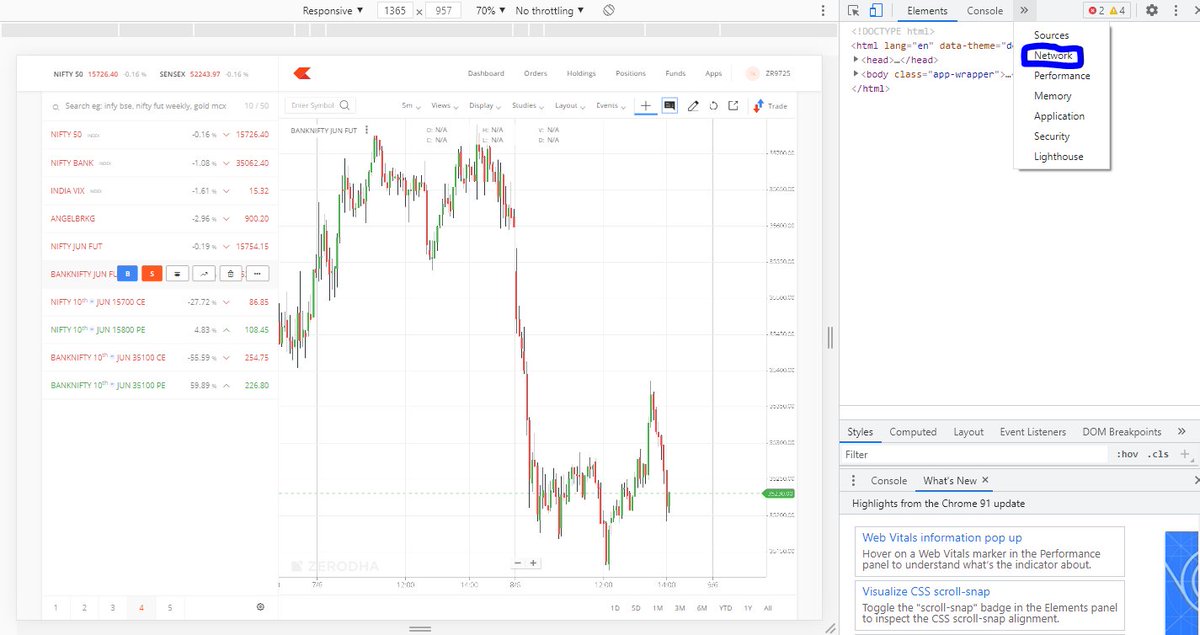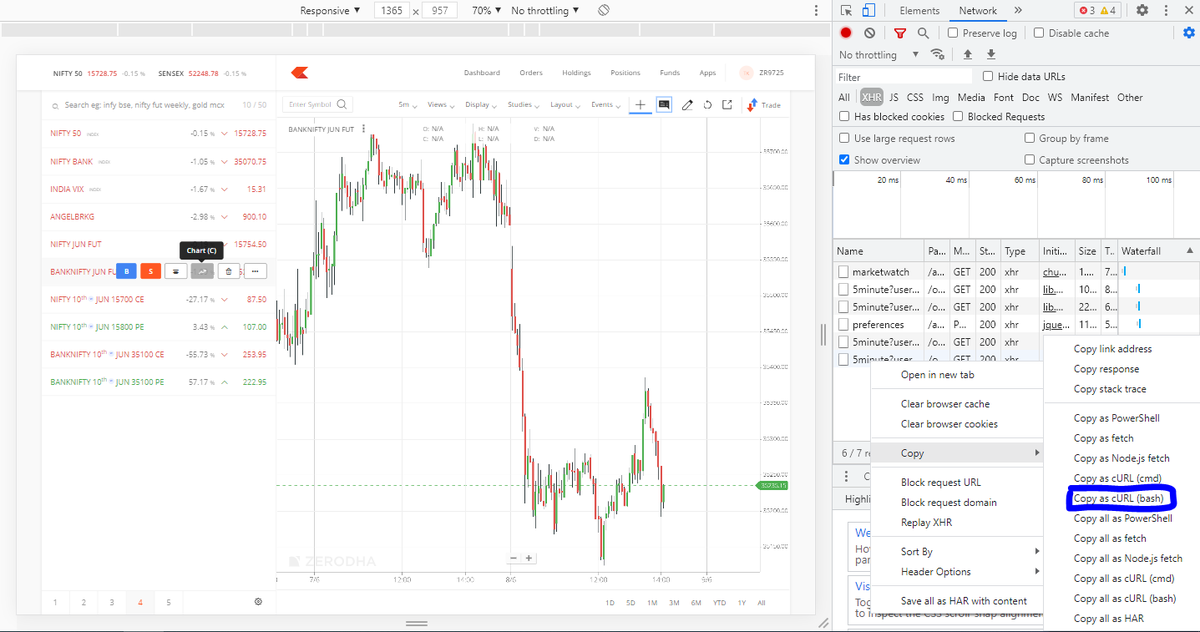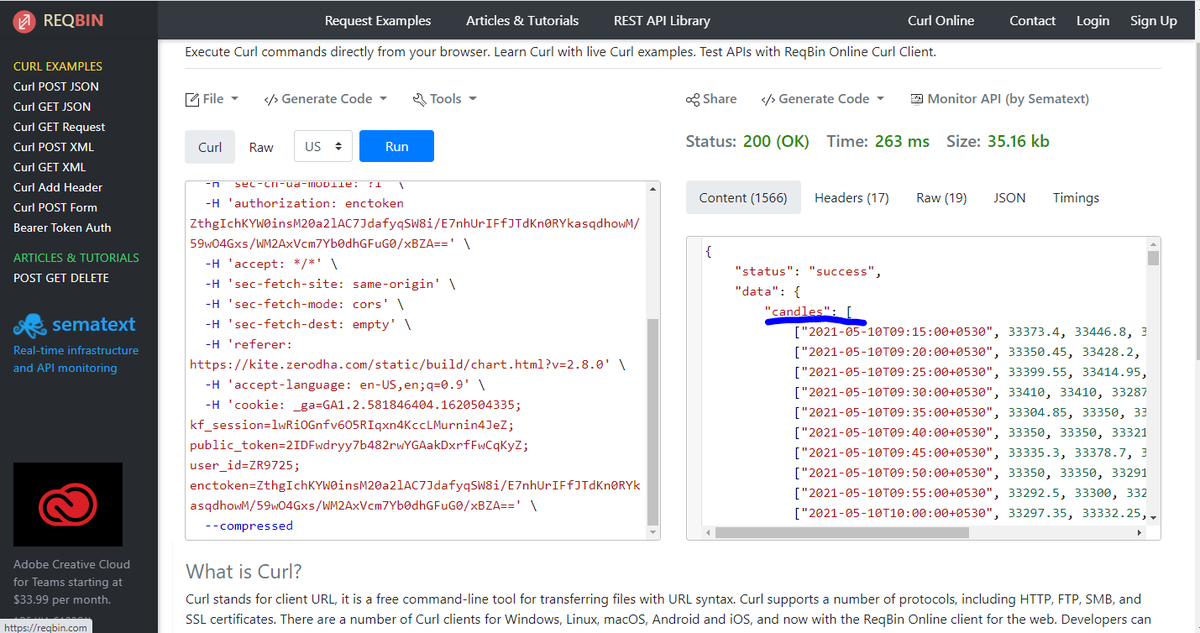2/
Imagine we have an investment opportunity.
If the investment goes well, we get to double our money.
But if it goes badly, we'll end up losing three fourths of it.
There's a 50/50 chance of either outcome.
The question: is this a good bet or not?
3/
A simple way to approach this question is to calculate the bet's "expectation".
For every $1 we bet, there are 2 possibilities:
1. The lucky case, where we double our money and end up with $2, and
2. The unlucky case, where we lose (3/4)'th to end up with just $0.25.
4/
Each of these outcomes is equally likely.
So, on *average*, every $1 we put in turns into ($2 + $0.25)/2 = $1.125.
This is a *positive* 12.5% return.
Such bets are called *positive expectation* bets. On average, we expect to *make* (rather than *lose*) money on them.
5/
Suppose we could take many turns betting at these odds.
In any one turn, we could of course lose money.
But because our bet has positive expectation, *over time* we expect to make money.
6/
In fact, as we take more and more turns, our chances of making money approach 100%, and our chances of losing money approach 0%.
In this sense, positive expectation bets are *sure things*.
They're "good" bets to make.
7/
For example, suppose we place 100 bets at these odds.
Let's say we bet $1 each time. So, we *put in* $100.
In this case, there's a ~93.34% chance that we'll make money.
And on average, we expect to end up with $112.50 (our +12.5% expected return).
8/
In the scenario above, we did not let our 100 bets *compound*.
We bet the *same* $1 at each turn.
We did not take the winnings from our first turn and roll them into our second, and so on.
But if we did that, our money would grow even faster, right? At +12.5% per turn?
9/
So, if we start with $1, and take 100 turns betting at these odds, rolling over our winnings from each turn to the next, we'll most likely end up with something like $1 * (1.125^100) = ~$130K, right?
That's what compounding $1 at 12.5% a hundred times gets us.
10/
Sadly, no.
If we roll over our winnings 100 times, our chances of making money *drop* to a tiny ~0.04%.
That is, with probability more than 99.95%, we'll end up *losing* money.
11/
How is this possible?
Well, let's think about what happens to our $1 as it goes through this "compounding" process 100 times.
At every "lucky" turn, our wealth gets multiplied by 2 (doubled).
But at every "unlucky" turn, it gets multiplied by 1/4 -- as (3/4)'th is lost.
12/
So, each unlucky turn cancels out 2 lucky turns!
So, if we are to make money overall, the lucky turns will have to outnumber the unlucky turns at least 2 to 1.
That is, we need to get lucky at least twice as often as we get unlucky -- or we'll end up losing money.
13/
The chances of getting lucky that often are pretty slim -- because getting lucky or unlucky is a 50/50 thing.
Over 100 turns, we're most likely to get lucky 50 times and unlucky the other 50 times.
But to make money over 100 turns, we need to get lucky at least 67 times.
14/
So, it all comes down to whether we "roll over" our bets or not.
Without roll over, our expected return is +12.5% per bet.
But with roll over, our expected return per bet turns *negative* -- approaching -29.3% as we take more and more turns.
15/
Key lesson 1: Positive expectation bets, when rolled over, can lead to *negative* expected growth rates!
Each turn may carry a positive expectation. But the compounded effect of many turns can carry a negative expectation.
16/
So, there are really 2 kinds of expectations.
Our normal idea of expectation -- the return we expect to make without roll over -- is called *arithmetic* expectation.
But there's also *geometric* expectation. This is the return we expect to make with roll over.
17/
And as our example above showed, a bet can carry positive arithmetic expectation but negative geometric expectation.
18/
Let's take a general bet -- and derive formulas for its arithmetic and geometric expectations.
In general, a bet can have N possible outcomes:
With probability p_1, our money gets multiplied by f_1.
With probability p_2, it gets multiplied by f_2.
And so on.
Like so:
19/
Here are the formulas for the arithmetic and geometric expectations of such bets, along with a couple of examples:
20/
Key lesson 2: Even if a bet has positive arithmetic expectation, it may be a bad idea to roll it over repeatedly.
For roll over to be a good idea, the bet must have positive *geometric* expectation.
21/
The famous Kelly Criterion is a strategy that transforms an *arithmetic* advantage into a *geometric* one.
The idea is: if a bet has positive arithmetic expectation but negative geometric expectation, we only roll over *part* of our winnings, not *all* of them.
22/
For our "double or lose three fourths" example above, Kelly would only roll over (1/6)'th of our wealth from each turn into the next turn's bet.
This achieves an expected growth rate of +10.4% per turn -- much better than negative 29.3%!
For more:
https://t.co/LjuaCg3mGm
23/
Another observation:
Whenever a bet has a non-zero chance of total loss, its geometric expectation is 0.
This is a Russian roulette type situation. Its (arithmetic) expectation may be positive, but if we keep pushing our luck and rolling over, we'll eventually blow up.
24/
To learn more about the origins of geometric expectations, I recommend reading Daniel Bernoulli's paper:
https://t.co/vN6yNvmk9J
25/
But if that's too much for you, here's a wonderful thread by
@breakingthemark that summarizes the paper's main ideas:
https://t.co/fdCd3X0E9B
26/
I also very much like this article by
@TaylorPearsonMe that beautifully ties together many key ideas that come into play in such repeated betting scenarios: ergodicity, antifragility, barbell strategies, the Kelly Criterion, etc.
https://t.co/FHefGhuUWf
27/
And speaking of ergodicity and repeated betting, Prof. Sanjay Bakshi (@Sanjay__Bakshi) has created a wonderful set of slides exploring these ideas:
https://t.co/2OsvrmvxeX
28/
If you're still with me, thank you very much!
Stay safe. Enjoy your weekend!
/End








